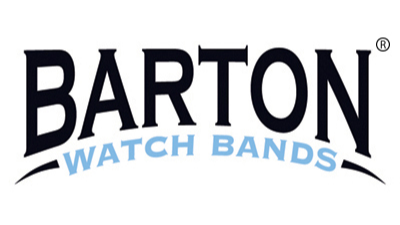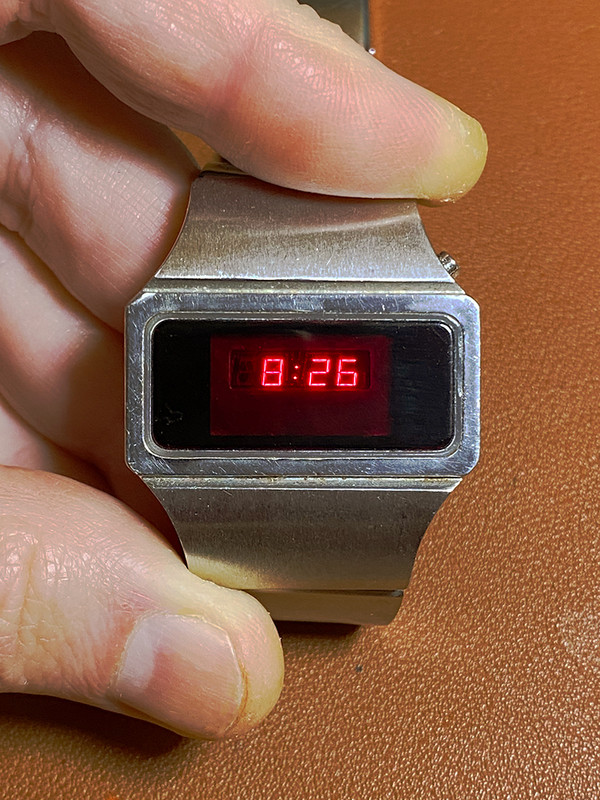I know we have about five watch guys on the forum so this information may not be new to them. I want to bring up the topic because it's recently come to my attention that many watch guys don't know about strap and bracelet adapters.
Strap adapters let you do several things.
1. Use a strap that exceeds the lug width of your watch. For example, use a 22mm strap on a watch with a 30mm lug-to-lug width. You may want to do this for comfort or aesthetics.
2. You want to replace an off-size strap width with a more common width, for example, the 16 mm strap on your big Casio has begun to stink or fallen apart and you would like to upgrade to a better and more comfortable wider strap. Or that silly 21mm bracelet on your Seiko has caused hair loss and you want to go with a 22mm rubber strap.
3. Your watch doesn't easily accommodate a NATO strap because there isn't enough room to pass a NATO strap through between the case and the spring bars.
There are two types of adapters. Both serve as defacto end links that swivel between the watch case lugs. Version one is meant for NATO straps only and has one spring bar for the watch lugs and a fixed bar to pass the pass strap through. The second type has two spring bars and is used for bracelets. Be aware that having a total of four spring bars doubles the risk of spring bar failure. You may be able to use a very thin NATO strap with this type of adapter. Furthermore, adapters are either used to go with a wider strap or with a strap of the same size.
Examples:
This adapter allows the use of a wider band than the lug-to-lug width accommodates. This is the type of adapter that uses only one spring bar, making this the safer option. but it works only for NATO and ZULU straps. Single pass only.

This adapter allows the use of a wider bracelet or thin NATO or ZULU strap.

Strap adapters let you do several things.
1. Use a strap that exceeds the lug width of your watch. For example, use a 22mm strap on a watch with a 30mm lug-to-lug width. You may want to do this for comfort or aesthetics.
2. You want to replace an off-size strap width with a more common width, for example, the 16 mm strap on your big Casio has begun to stink or fallen apart and you would like to upgrade to a better and more comfortable wider strap. Or that silly 21mm bracelet on your Seiko has caused hair loss and you want to go with a 22mm rubber strap.
3. Your watch doesn't easily accommodate a NATO strap because there isn't enough room to pass a NATO strap through between the case and the spring bars.
There are two types of adapters. Both serve as defacto end links that swivel between the watch case lugs. Version one is meant for NATO straps only and has one spring bar for the watch lugs and a fixed bar to pass the pass strap through. The second type has two spring bars and is used for bracelets. Be aware that having a total of four spring bars doubles the risk of spring bar failure. You may be able to use a very thin NATO strap with this type of adapter. Furthermore, adapters are either used to go with a wider strap or with a strap of the same size.
Examples:
This adapter allows the use of a wider band than the lug-to-lug width accommodates. This is the type of adapter that uses only one spring bar, making this the safer option. but it works only for NATO and ZULU straps. Single pass only.

This adapter allows the use of a wider bracelet or thin NATO or ZULU strap.

Last edited:


